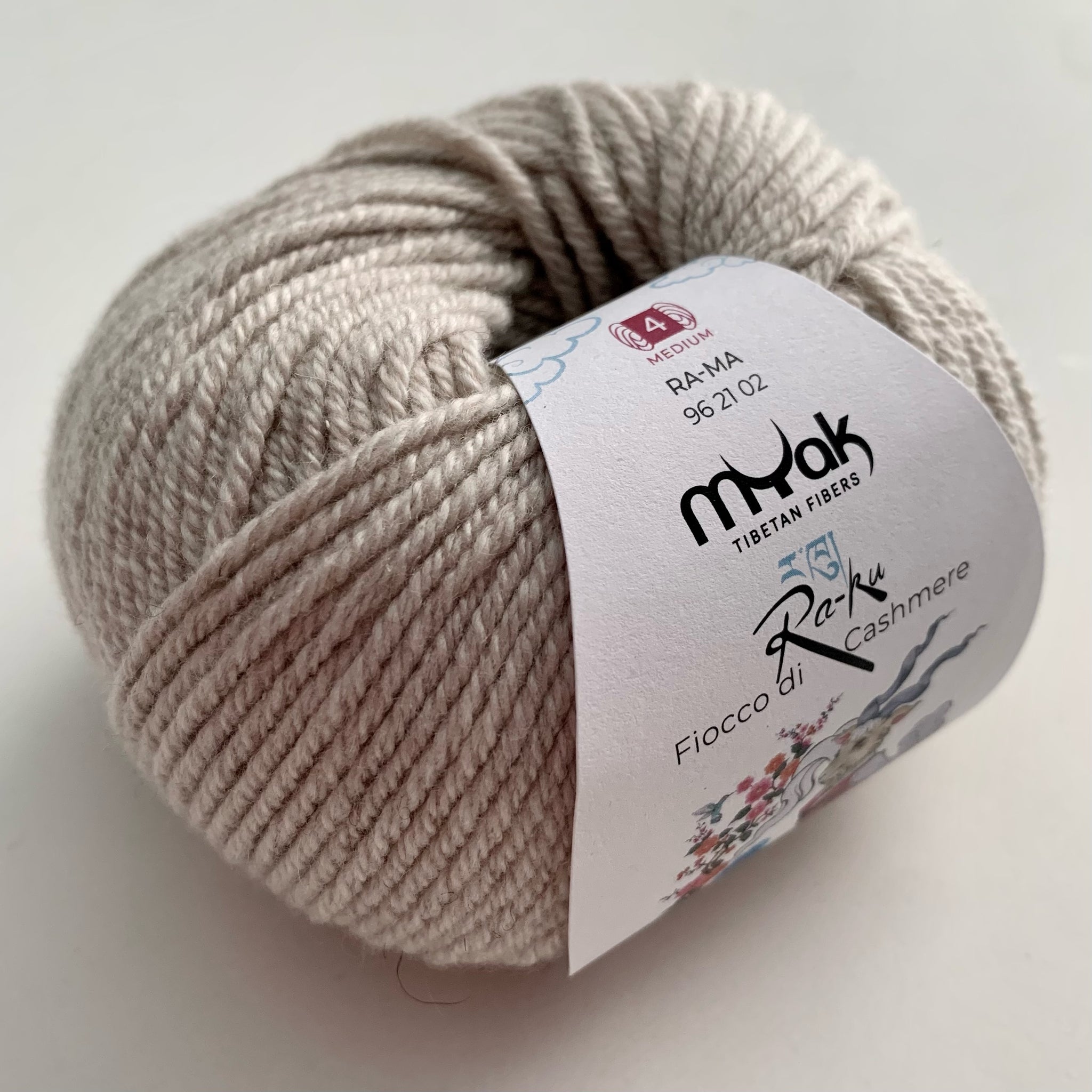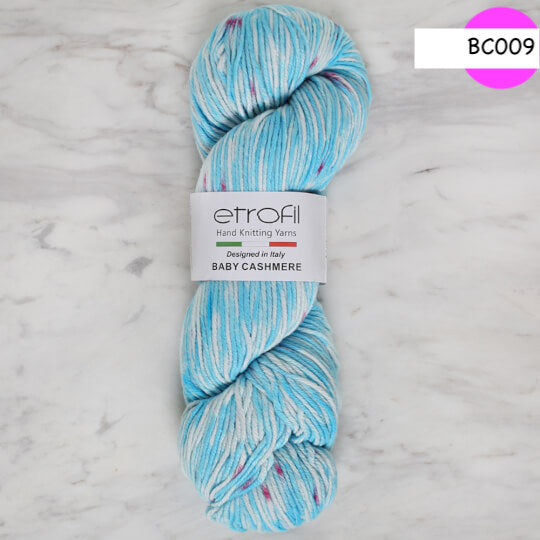How to Look After Your cashmere Garments and Keep Them Fresh
Wiki Article
Discover the Attraction of Cashmere a Natural Fiber: Why It's a Must-Have in Your Closet
The allure of cashmere, a luxury natural fiber, goes beyond mere looks. Stemming from the Kashmir area, this lightweight yet resilient material has woven its means right into premium style as a result of its unique residential properties and versatile charm. From reviewing its appealing beginning to understanding its production procedure, top quality, and care, it's worth discovering why cashmere holds such an unique area in the world of textiles. Discover the elegance and compound of this fiber as we start an expedition of its attraction.
The Beginning and Background of Cashmere: A Short Summary
While numerous may view cashmere as a simple luxury, its history is steeped in abundant cultural tradition. Stemming from the Kashmir area in India, cashmere wool has actually been generated for countless years. The fiber is acquired from the soft undercoat of cashmere goats, gathered during their molting period. As a valuable commodity, it was traded along the Silk Roadway, ending up being highly valued in Europe in the 18th century. The name 'cashmere' is an old English derivation of Kashmir. Regardless of its international appeal, the majority of cashmere production still continues to be in Asia, particularly China and Mongolia. This historic journey highlights the cultural value of cashmere, transforming it from a local specialty to a worldwide luxury.Comprehending the Unique Characteristics of Cashmere Fiber
While other materials may wear down over time, cashmere keeps its top quality, ensuring lasting wear. Cashmere possesses an unique aesthetic appeal. Understanding these residential properties clears up why cashmere is not simply a deluxe, yet a rewarding financial investment for any type of wardrobe.

The Process of Producing Cashmere: From Goat to Garment
To value the glamorous properties of cashmere completely, one have to understand its journey from the raw fiber to the completed item. The process begins with the cashmere goats, predominantly discovered in Mongolia, China, and Iran. The soft undercoat of these goats, collected throughout their natural molting season in spring, supplies the raw material. This fragile fiber is then very carefully divided from the coarser outer hair in a labor-intensive process recognized as dehairing. The pure cashmere is then dyed, spun into yarn, and lastly weaved or woven into the coveted garments. Each step is carefully executed to preserve cashmere's noteworthy warmth, softness, and sturdiness. This detailed procedure causes the development of a genuinely extravagant textile.
Decoding the Top Quality and Cost: Why Is Cashmere so Expensive?
The high price tag of cashmere garments commonly leaves customers questioning concerning its justification. The cost stems largely from the arduous production procedure. is cashmere a natural fiber. Cashmere stems from the great undercoat of the cashmere goat, with each goat producing a simple 150 grams every year. The labor-intensive procedure of brushing and accumulating the rare fiber considerably increases the price. Moreover, the processing of raw cashmere requires both time and know-how, with the fibers requiring to be carefully sorted, washed, and spun. Additionally, the shortage of pure cashmere, combined with its remarkable soft qualities, heat, and longevity, warrants its luxury status and high price. These elements combined make cashmere a pricy yet highly sought-after commodity on the planet of style.Cashmere in Fashion: The Convenience and Ageless Charm
Despite its high price, the timeless appeal and convenience of cashmere have actually solidified its place in the realm of style. The flexible nature of cashmere permits for its integration into both official and casual clothing, signifying its broad charm. As patterns come and go, cashmere stays a consistent, its appeal undiminished, proceeding to shape the style and motivate industry's landscape.Caring for Your Cashmere: Maintenance and Preservation Tips
Guaranteeing the durability of cashmere garments needs certain treatment and focus. These treasured possessions need to not be tossed right into the cleaning machine with regular washing. Rather, hand cleaning with mild, pH-neutral soap in warm water is suggested. After cleaning, they need to not be wrung out. Rather, they must be delicately pushed in between towels to take in excess water, then laid flat to dry. Regular cleaning with a cashmere comb can avoid pilling. Saving these products in an awesome, completely dry location, preferably in a breathable bag, can safeguard them from moths and humidity (is cashmere a natural fiber). An occasional airing outside, away from direct sunlight, can refresh the fibers. With these upkeep and conservation tips, one can ensure their cashmere stays luxuriously soft and durable.Conclusion
Cashmere, with its unparalleled softness and heat, provides both high-end and longevity. Discover the allure of cashmere and elevate your style repertoire.
Report this wiki page